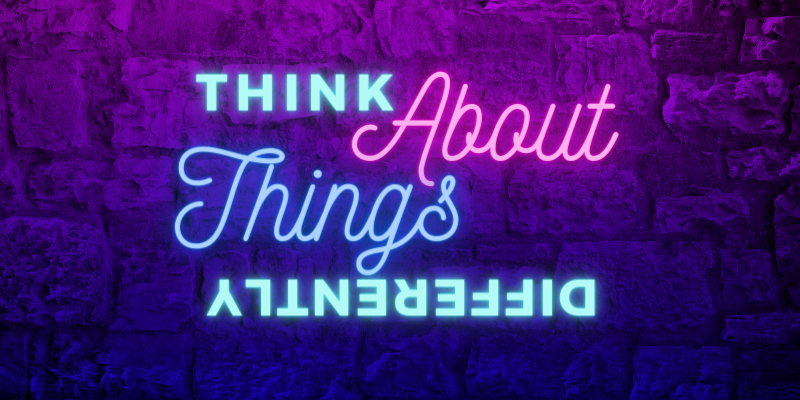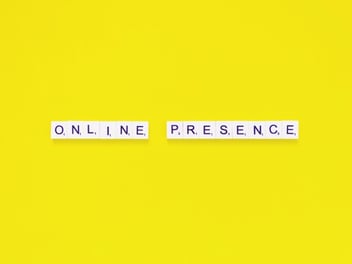The PMO Parallax
Helping Project Management pass the vibe check, one (chaotic good) retrospective at a time!
February was a month for celebrating people! Valentines Day, Mardi Gras and Black History Month are just a few of the wonderful ways we've all come together in the last month. But, we also saw yet another round of mass layoffs and industry changes that have left many people feeling anxious about their future. The world is changing faster than ever before, and the effects of this rapid change can be seen in many aspects of our lives.
However, amidst the upheaval there is hope – we are on the precipice of a new revolution that will open up great opportunities for those who are willing to adapt and embrace it. With so much disruption comes immense potential, particularly when it comes to tapping into some of the brightest minds of today who are now on the market. We can all use this moment in time as a catalyst to create innovation and refocus the narrative back on the PEOPLE who make it all possible!
People-Centric isn't a fad...
All of the trends point toward the continuation and expansion of people focused work cultures. (The cubicle is being put out of it's misery!)
The Interim Employee approach for Executives and Professionals:
The modern workplace is rapidly evolving, and the traditional model of hiring full-time employees for every role is no longer viable. Companies are now turning to contract employment as an alternative way to fill their workforce needs. This shift in hiring trends reflects a growing recognition that contract workers can bring unique skills and perspectives to organizations while providing cost savings compared to FTEs. Contractors also offer companies more flexibility when it comes to staffing up or down during busy seasons and other periods of fluctuating demand. With this new approach, businesses have access to top talent without being limited by geographic boundaries or long-term commitments.
The rise of contract employment has opened up exciting opportunities for people who are looking to make a career transition, as well as those who want to stay in the same industry but explore new roles. With the right mindset, attitude and resources, anyone can take advantage of this shift and find meaningful work that meets their needs. Whether you’re looking to dive into a new field or pursue freelance projects on your own terms, now is the perfect time for an open mind and some exploration!
Technology has made it easier than ever for independent workers to find clients, build their own schedules, and be compensated fairly for their talents. This new wave of creativity and entrepreneurial spirit will continue to redefine the way we work.
The shift from Work-Life Balance to Work-Life Integration:
The last few years have drastically changed the way we approach work and life, and with it comes an increased emphasis on work-life integration. As more people look for jobs that allow them to be productive while still having enough time for family, friends, hobbies, or other pursuits outside of their professional lives; companies are recognizing the need to offer flexible working hours. This is especially true as remote work becomes increasingly common worldwide. Candidates now seek out employers who understand that they may have commitments outside of the workplace and will accommodate those needs by allowing them to put in hours when it’s most convenient for them. Companies that promote a healthy balance between one's personal and professional life stand out among job seekers looking for more than just a paycheck – they want an employer who values their commitment to both areas of their lives. This shift towards work-life integration is essential if businesses want to attract top talent and remain competitive in the future.
Company Branding will be more People-Oriented:
As social media continues to make everything and everyone more accessible, companies are beginning to recognize the need for an increased focus on people-oriented employer branding and social media strategies. As job seekers increasingly turn to online platforms such as LinkedIn, Glassdoor and others (like Talentcrowd😉) in search of opportunities, companies must create compelling narratives that demonstrate their commitment to employee well-being. Employers should strive to communicate messages of transparency and trustworthiness while highlighting how they prioritize their employees’ needs; this will help them build a loyal base of followers who believe in their mission. Additionally, businesses should leverage social media tools such as Instagram stories and Twitter threads to showcase positive feedback from current or former employees; this can help establish a strong employer brand presence which will ultimately attract new talent. By taking these steps towards creating a more people-focused employer brand identity, organizations can set themselves up for success in today's competitive landscape.
Streamlined Interview Processes:
As the job market continues to evolve and more people look for jobs, employers need to streamline their interview processes in order to attract top talent. With the current industry conditions and increased talent pool driving an increased emphasis on scale, job seekers are more likely than ever before to have multiple applications, interviews and offers on the table. This means that traditional long-winded and time consuming interviews are no longer suitable. To remain competitive in today's job market, companies must be willing to adapt by creating streamlined interview processes that prioritize efficiency while still allowing them enough time to get all their questions answered. By cutting down on unnecessary steps such as multiple rounds of interviews, online tests and lengthy application forms, businesses can make sure they don't lose potential candidates who may be unable or unwilling to commit too much time during the hiring process. Streamlining the interview process is essential if organizations want to ensure they’re not missing out on any great talent.
Great, you hired someone... Now what?
It is no longer enough for companies to just hire the right people; they must also create an environment that nurtures their employees in order to ensure a successful and productive workforce. In today's ever-evolving job market, employers need to invest in their employees if they want them to stay with the company long-term. This means providing them with opportunities for growth and development, offering competitive benefits packages, and creating flexible work environments that promote work/life balance. By doing so, employers can cultivate a loyal base of talented individuals who are committed to helping the organization reach its goals.
However, this is where the rubber meets the road. You can offer the best benefits around, but people will still leave if you have a toxic culture. Companies need to put intentional focus on the following areas:
-
- Create a training/mentoring program for new managers
- Define, document and enable processes
- Invest in tools and technology for automation
- Encourage agency for employees to provide input/recommendations
- Offer opportunities for continuing education and training
- Build succession planning into your 1-on-1's and Review process
Employees need to feel like they are contributing and part of something; that they are valued and heard. This is only possible if we set up our teams for success. This takes time, transparency and leadership. Trust is earned, but once you have it, it is invaluable to productivity and creativity. So, say you're sorry, recognize gaps, and march every day toward continuous improvement.
Final Reflections
As we navigate these uncertain times, let's not forget that there are still countless ways for us to support each other and create meaningful opportunities for everyone. We must continue to foster an environment of collaboration and inclusion that celebrates diversity and encourages innovation. Let's focus on the PEOPLE who will power us into the future – they are the real heroes of this moment!
Check out this month's Book Club recommendation: Never Split the Difference



